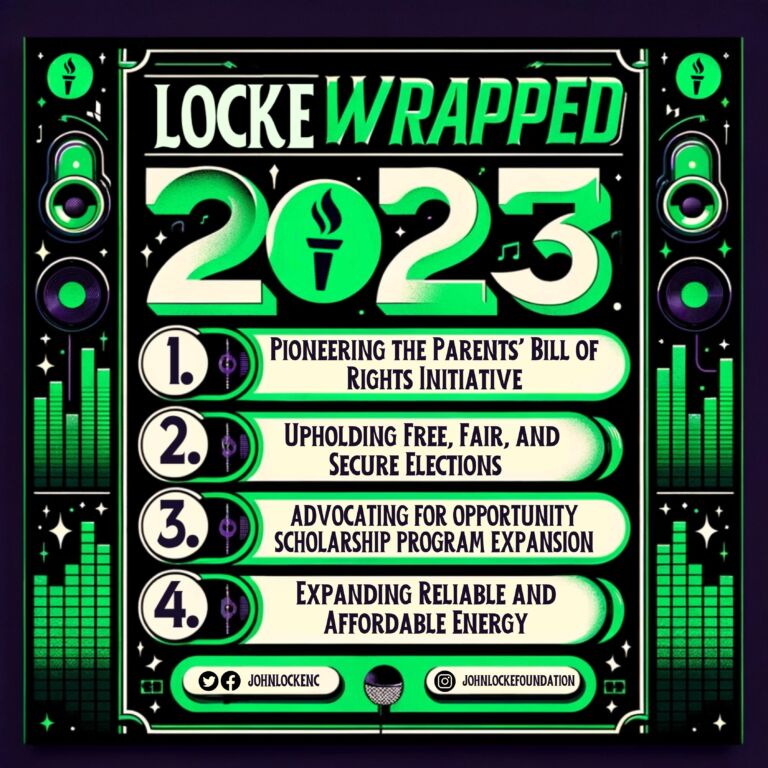David Catron of the American Spectator looks into the long-term impact of media malfeasance.
During a recent CNN interview, New Yorker editor David Remnick expressed consternation with the public’s refusal to accept at face value what the news media report about President Trump. Our intransigence, it seems, is a source of considerable frustration for the Fourth Estate: “We don’t understand why the evidence of things, why facts don’t penetrate so many of our brothers and sisters in the United States of America.” Remnick and the press corps for whom he presumes to speak evidently fail to comprehend that this patronizing attitude toward their “brothers and sisters” is precisely what created and still drives public mistrust of the media.
Nor does Remnick seem to realize that the erosion of public confidence in media began decades ago and continued apace during the past ten years. According to Gallup, the percentage of Americans who express “very little confidence” in television news increased from 31 percent in July of 2009 to 45 percent in June of 2019. Nearly half of the nation regards what they see on network and cable newscasts as biased or simply untrue. Newspapers and other media also lost considerable credibility during the past ten years. As to to overall veracity, Gallup reports that, in 2019, a mere 13 percent of Americans trust the media “a great deal.”


